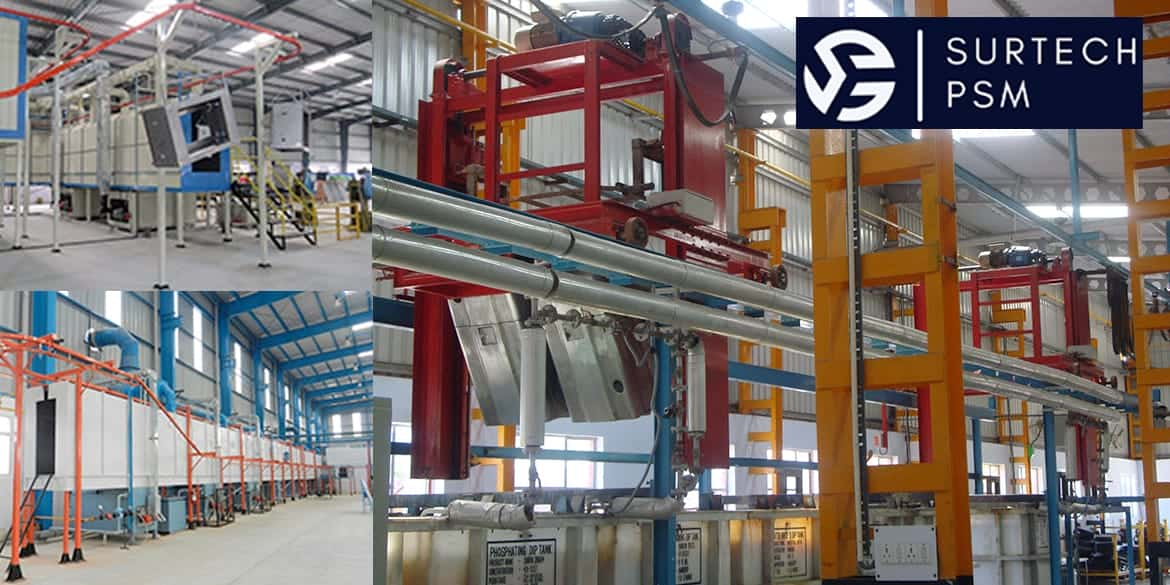Pretreatment Plants
Pretreatment plants play a crucial role in the industrial sector, providing essential processes that prepare surfaces for subsequent treatment or finishing. These plants are designed to cleanse, condition, and prime surfaces, ensuring they are free from contaminants such as oils, greases, rust, and other impurities. The primary goal of pretreatment is to enhance the adhesion of coatings, paints, or other surface finishes, thereby improving the durability and performance of the final product.

The pretreatment process typically involves several stages, including cleaning, rinsing, and the application of conversion coatings. Cleaning removes organic and inorganic contaminants, often using alkaline or acidic solutions, depending on the nature of the impurities. Rinsing stages follow to eliminate any residual cleaning agents and prevent potential adverse reactions in subsequent steps. Conversion coatings, such as phosphate or chromate coatings, are then applied to the clean surface. These coatings not only protect against corrosion but also create a favorable surface for the adhesion of subsequent layers.
Advancements in pretreatment technologies have led to the development of more environmentally friendly and efficient methods. For instance, the shift towards phosphate-free and low-temperature processes has reduced the environmental impact and energy consumption of pretreatment plants. Additionally, automated systems and real-time monitoring have improved the precision and consistency of pretreatment operations, ensuring high-quality results.
Safety is a paramount consideration in the design and operation of curing ovens. Features such as over-temperature protection, proper ventilation, and compliance with industry standards ensure safe and reliable operation. Additionally, energy efficiency is increasingly important, with innovations like recirculating air systems and advanced insulation materials reducing energy consumption and operational costs.
Pretreatment plants are integral to various industries, including automotive, aerospace, electronics, and metal fabrication. In the automotive industry, for example, pretreatment is essential for ensuring the longevity and aesthetic appeal of vehicle components. Similarly, in the aerospace sector, pretreatment processes contribute to the reliability and performance of critical parts.
In conclusion, pretreatment plants are vital for preparing surfaces for finishing processes, significantly enhancing the quality and durability of industrial products. With ongoing innovations, these plants continue to evolve, offering more sustainable and efficient solutions to meet the growing demands of modern industries.